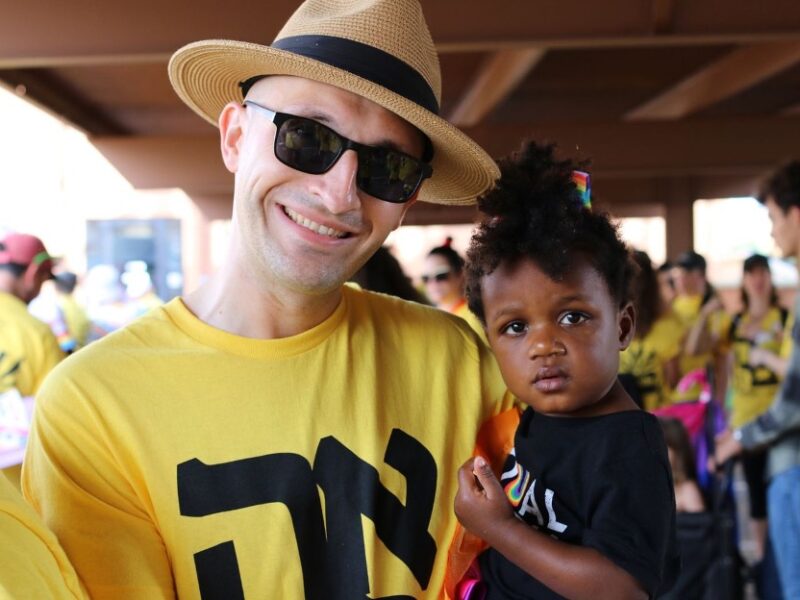The view that mind and body are separate spheres is not rooted in antiquity. It certainly has never been espoused in the Jewish tradition. Much of the traditional Jewish law, halachah, can be understood as a set of behavioral, often physical, precepts whose meaning is aimed at spiritual ends. An example is the laws of kashrut, which specify in great detail what we can eat. The laws of kashrut are not based on nutritional or hygienic concerns. Rather they are meant to introduce into the mundane act of eating what psychologists today would call mindfulness: In whatever we do, we ought to be aware of the grandeur, the holiness, of life and the creator who gave it to us.
The concept of mind/body unity fell somewhat by the wayside as modern medicine was introduced in the Western world. And obviously, nobody should dismiss the scientific method that has served us well in advancing human health. Much of modern medicine is built on the Cartesian concept of the dichotomy between mind and body, and it has made gigantic strides in diagnosis and treatment. Throughout Western medicine, however, we have also become painfully aware of the limitations of an approach that all too often equates treatment with the repair of defective parts (“symptom remission,” in medical language). What we see currently is an acceptance that a new paradigm can usefully complement the conventional models in areas where our progress in medical discovery has slowed down.
If we can go back to our original appreciation that body and mind – and spirit, if we want to add a transcendental perspective – are closely interrelated, then some of the newer thinking in medicine and public health should have considerable appeal. One prime area where this applies is psychiatry. In that spirit, we are developing, at the University of Arizona, a Center for Emotional Health. This new center provides diagnostic and treatment services that integrate biological and psychological approaches, addressing ailments of mind and body alike. The clinician-scientists who staff the center seek to combine our established access to the resources of modern scientific medicine with select alternative, yet evidence-based, interventions.
As our ancestors knew, there is no license to mistreat your body and expect that your mind and soul will be well. Whether this thinking relates to the design of an omniscient god, or is based on traditional insights, matters less than that it has served Jews well through the centuries. The health care professional who trains at our institution is introduced to the interprofessional team approach to patients’ problems. No longer do various professionals work in isolation from each other, communicating by mail or messenger. Just as the mind and the body rely on each other’s equilibrium to assure health, so the physician and the social worker, the nurse and the pharmacist, must align their interventions for the best outcome for the patient.
What we do not widely share with our trainees and students is that the thinking that informs our new paradigm goes back to an ancient, venerable tradition. That thinking is available to us in innumerable midrashic and halachic sources. The Rambam (Maimonides) summarized the traditional wisdom as follows: “Emotional experiences cause marked changes in the body which are clear and visible to all and bear witness in clear testimony … The physician should have both technical knowledge and skill as well as understand the patient’s personality and lifestyle.” (Moses Maimonides. The Preservation of Youth: Essays on Health. Translated by Hirsch L. Gordon. New York, Philosophical Library, 1958)
Ole J. Thienhaus, M.D., chairs the Department of Psychiatry at the University of Arizona College of Medicine.





